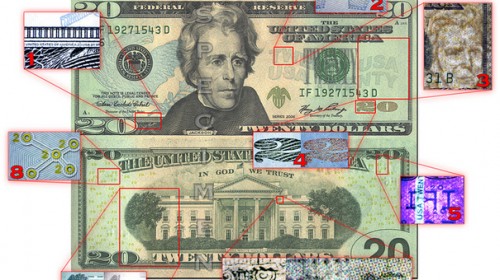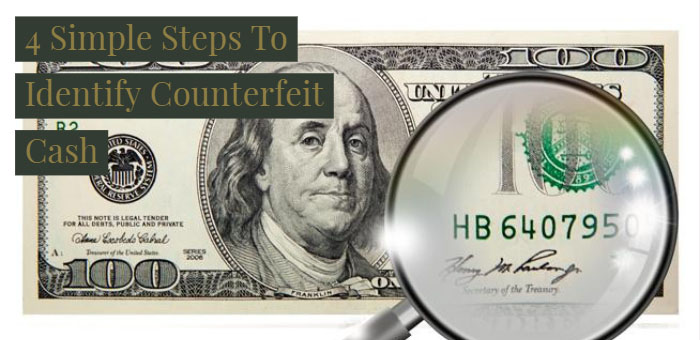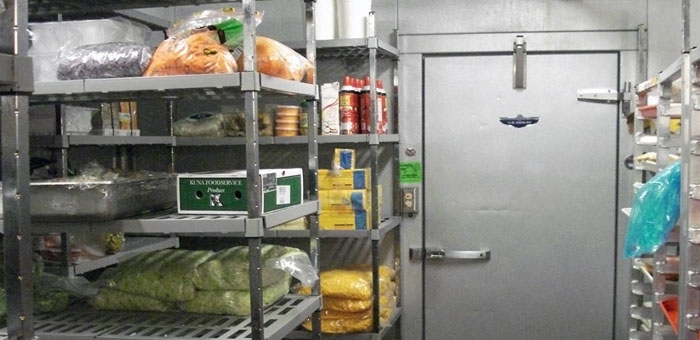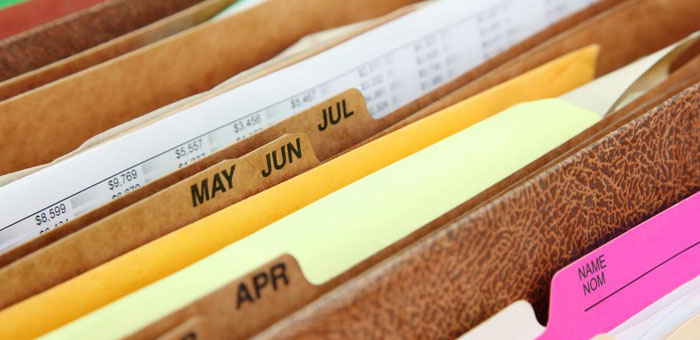It used to be that spotting a “good” counterfeit bill was impossible for most people. If it was good enough to pass the “look and feel” test, then it was going to take an ultraviolet light or a magnetic ink detector. But for the past 10 years, the Bureau of Engraving and Printing has been making bills that are easier to identify counterfeit cash.
The amount of counterfeit money in the U.S. is low enough that most people feel safe taking money with barely a minimal check for counterfeits. Does it look and feel like money? Then it probably is. But have you or your food truck staff ever gotten a bill where something seemed a little off? Ever wished you could identify counterfeit cash to see if it was legit?
4 Steps To Identify Counterfeit Cash
Look and Feel
This is as far as most people go, and it’s good enough most of the time. U.S. bank notes are printed on special paper that’s 75% cotton and 25% linen. The linen gives it an extra stiffness that’s distinctive. There are also red and blue fibers embedded in the paper. Bank notes are printed with a process called “intaglio” that leaves ink on top of the paper, giving the money a distinctive texture. The printing is also very high quality, so the lines are sharp and clear, not broken, or fuzzy.
Color-Shifting Ink
Bank notes bigger than the $5 use color-shifting ink to print the number showing the denomination in the lower-right-hand corner. Just look at the numbers head-on, and then from an angle. For genuine notes the color will shift (copper-to-green or green-to-black).
You can get this far pretty discreetly when you want to identify counterfeit cash. The look and feel you’re checking automatically as soon as the bill is handed to you, and you can confirm the color-shifting ink in a quick glance. Going further will require that you hold the note up to the light — which is basically saying that you think you might have gotten counterfeit money. A lot of people hesitate to do that, but it’s the next step if you want to be sure.
Watermark
All bills larger than the $2 now have a watermark — hold the bill up to the light to see it. For the $10, $20, $50, and $100, the image matches the portrait. That’s also true of the current $5 bill, but on the new $5 which came out in early 2008, the watermark will be a big numeral 5. Either way, you can use it to spot bills that have been bleached and reprinted with a higher denomination.
The watermark is part of the paper and is visible from the rear of the note as well. This is a huge asset to help identify counterfeit cash.

Security Thread
All bills higher than a $2 have a security thread running vertically through the bill. Like the watermark, you hold the bill up to the light to see it.
The thread has text with the bill’s denomination and an image that is unique to that denomination. The different denominations have the threads in different places, again so you can spot bills that have been bleached and reprinted with a higher denomination. (The threads also glow different colors under ultraviolet light, but that’s not much help to ordinary folks.)
RELATED: Preventing Employee Theft In Your Food Truck
We hope these tips help you and your staff prevent the acceptance of counterfeit cash into your food truck’s cash drawer. If you have any additional tips to identify counterfeit cash we’d love to hear them. Facebook | Twitter




